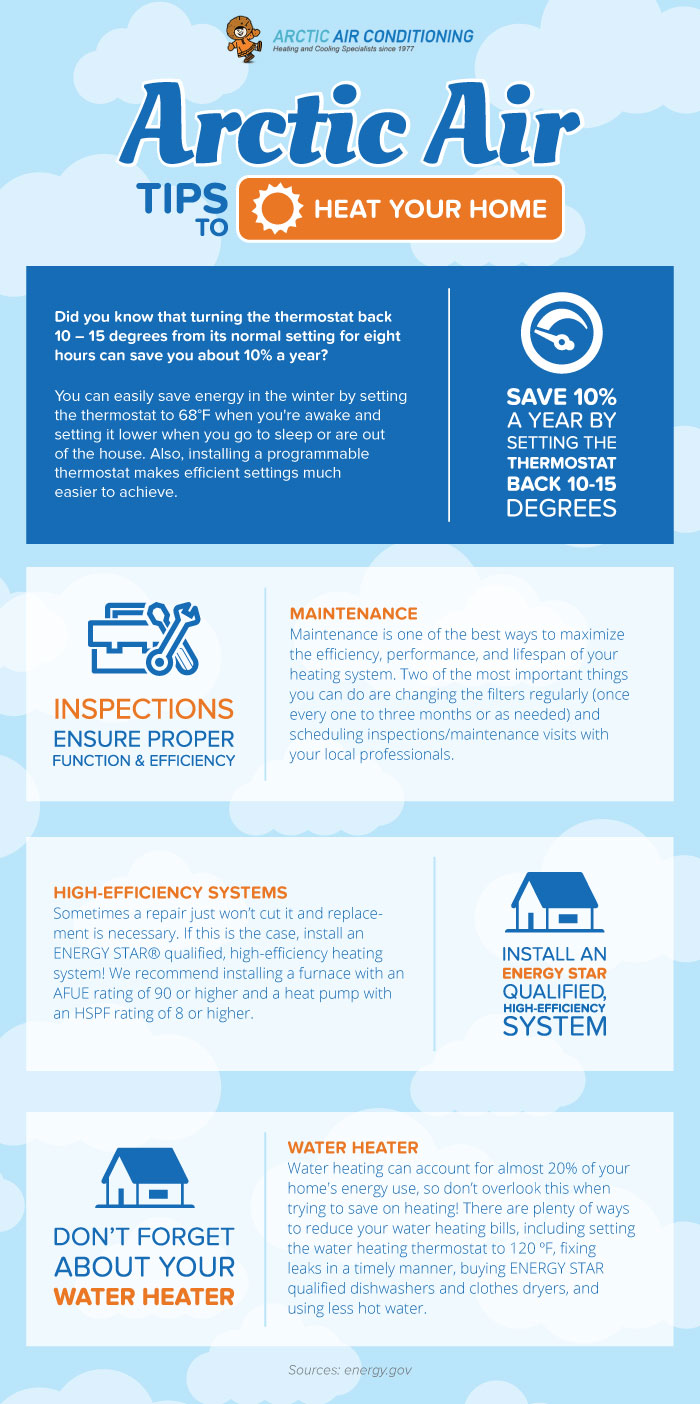The Ultimate Guide To Understanding Heat Pumps - How Do They Function?
The Ultimate Guide To Understanding Heat Pumps - How Do They Function?
Blog Article
Web Content Writer-Grady Bland
The best heatpump can save you substantial quantities of money on power expenses. They can also help reduce greenhouse gas discharges, specifically if you use electricity in place of fossil fuels like gas and heating oil or electric-resistance furnaces.
Heatpump function quite the same as a/c unit do. linked here makes them a practical alternative to conventional electrical home heating unit.
Just how They Function
Heat pumps cool down homes in the summer season and, with a little help from electrical energy or natural gas, they offer some of your home's heating in the winter. They're an excellent alternative for individuals that want to lower their use of fossil fuels however aren't prepared to replace their existing furnace and cooling system.
They rely upon the physical truth that also in air that appears as well cold, there's still energy existing: warm air is constantly moving, and it intends to move into cooler, lower-pressure settings like your home.
The majority of ENERGY celebrity accredited heatpump operate at close to their heating or cooling capability throughout the majority of the year, minimizing on/off cycling and saving energy. For the very best performance, concentrate on systems with a high SEER and HSPF score.
The Compressor
The heart of the heatpump is the compressor, which is additionally referred to as an air compressor. This mechanical moving device utilizes potential energy from power creation to enhance the stress of a gas by lowering its quantity. It is various from a pump because it only works with gases and can not work with liquids, as pumps do.
Atmospheric air goes into the compressor via an inlet shutoff. It travels around vane-mounted arms with self-adjusting length that split the interior of the compressor, creating multiple dental caries of differing dimension. The rotor's spin pressures these dental caries to move in and out of stage with each other, pressing the air.
The compressor pulls in the low-temperature, high-pressure cooling agent vapor from the evaporator and compresses it into the warm, pressurized state of a gas. This procedure is repeated as needed to provide heating or cooling as required. The compressor likewise has a desuperheater coil that recycles the waste warmth and includes superheat to the cooling agent, altering it from its liquid to vapor state.
The Evaporator
The evaporator in heat pumps does the same thing as it performs in fridges and ac unit, changing fluid refrigerant right into a gaseous vapor that eliminates warm from the space. Heatpump systems would certainly not function without this crucial tool.
you can look here of the system lies inside your home or building in an interior air handler, which can be either a ducted or ductless device. It contains an evaporator coil and the compressor that compresses the low-pressure vapor from the evaporator to high pressure gas.
Heat pumps absorb ambient warm from the air, and afterwards use electrical energy to move that warm to a home or service in heating setting. That makes them a great deal more power effective than electrical heating units or heaters, and since they're utilizing tidy power from the grid (and not shedding fuel), they also generate far fewer exhausts. That's why heatpump are such fantastic ecological choices. (In addition to a big reason that they're coming to be so preferred.).
The Thermostat.
Heatpump are excellent alternatives for homes in cool environments, and you can use them in combination with traditional duct-based systems and even go ductless. They're an excellent alternate to fossil fuel heating systems or typical electrical heating systems, and they're extra lasting than oil, gas or nuclear cooling and heating tools.
Your thermostat is one of the most essential component of your heatpump system, and it works extremely differently than a standard thermostat. All mechanical thermostats (all non-electronic ones) work by using compounds that transform size with increasing temperature, like curled bimetallic strips or the broadening wax in a cars and truck radiator shutoff.
These strips consist of 2 different types of metal, and they're bolted with each other to develop a bridge that completes an electric circuit attached to your a/c system. As the strip gets warmer, one side of the bridge expands faster than the other, which creates it to flex and signify that the heating unit is required. When the heat pump is in home heating setting, the turning around valve turns around the circulation of cooling agent, so that the outside coil now functions as an evaporator and the indoor cyndrical tube comes to be a condenser.